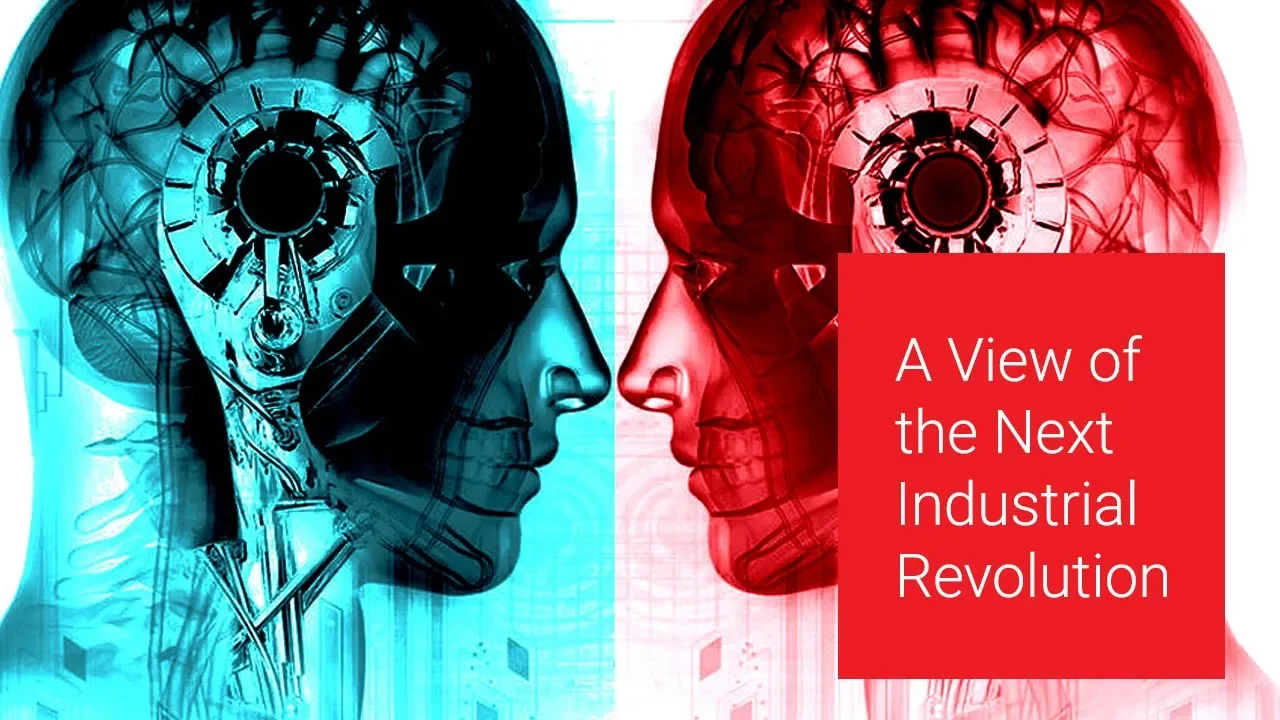2 min read
Revolutionizing the Workplace: 9 Technology Advancements that Dominated the Enterprise Landscape in 2023
Organizational shifts we saw in 2023 were progressive changes in the pervasive systems and structures that continue to transform organizations for...


